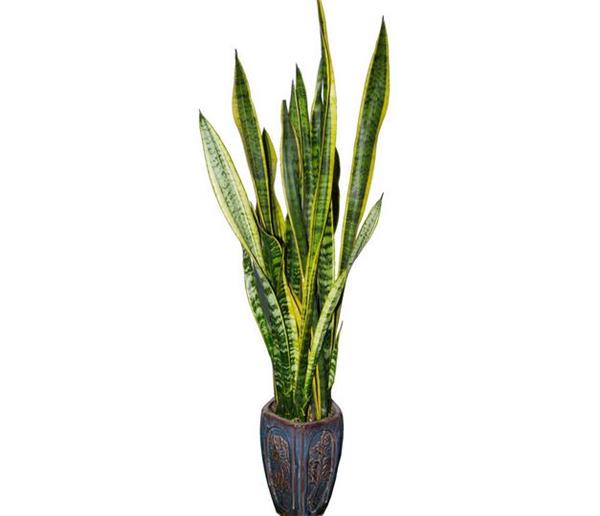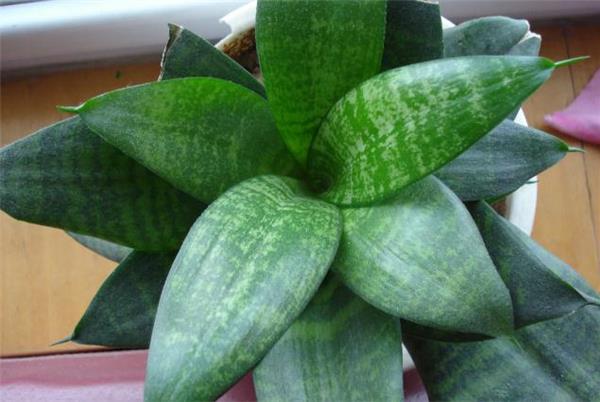Analysis of culture methods and matters needing attention of tiger skin orchid
Many friends do not have a special understanding of the breeding method of Tiger Pilan, and there are always some problems in the process of breeding. So, how should tiger Pilan be bred? Next, let's take a look at it.

Introduction of Tiger Pilan
The ramets and cuttings are the two most commonly used methods for the propagation of Phellodendron. Ramet is suitable for all varieties of tiger skin orchid, generally combined with changing pots in spring, mainly cutting the overgrown leaf clumps into several clumps, each clump should retain a section of rhizome and sucking buds, and then plant in the pot. Sprinkle some fine sand on the roots of the plant when potting, which is conducive to survival. The sandy soil with loose, fertile and good permeability should be selected for basin soil.
The culture method of tiger skin orchid
I. the choice of soil
Tiger skin orchid soil needs to be loose and needs to be breathable, so when allocating soil for tiger skin orchid, we must pay attention to the rotten leaves of 2 and 3 and the garden soil of 1. Keep in mind that the soil must be loose and breathable, otherwise the water will not evaporate easily and lead to rotting of the rhizome.
Second, the demand for sunshine
Tiger Pilan likes the light, so be sure to let it often come into contact with the sun, it is best to put it in a place where it can be irradiated directly, and if the conditions do not permit, it should also be placed in a place close to the sun and placed in a dark place for a long time. It will cause the leaves to turn yellow.
Third, temperature
Tiger skin orchid requires a high temperature, its suitable growth temperature is 20-30 ℃, the lowest in winter is not less than 10 ℃, so we must pay attention, especially in the north.
Fourth, watering
Tiger Pilan also has a high demand for water. generally speaking, if the soil is loose, it needs to be watered twice a week, while in winter, it only needs once because of the climate.

5. Pruning
The growth rate of tiger skin orchid is faster than that of other domestic green plants, so when the basin is full, it is necessary to carry out artificial pruning, mainly to cut off the old leaves and places that are too lush to ensure its sunshine and growth space.
VI. Change the basin
Tiger Pilan is a perennial plant, generally speaking, it is necessary to change the basin every two years, and pay attention to adding nutrients to the new soil when changing the basin, so as to ensure its nutritional supply.
VII. Disease and pest control
The most common diseases of tiger skin orchid are leaf spot and anthracnose, which can be treated by spraying 50% carbendazim, while the common pests are harmful to weevil, which can be sprayed with 1000 times of 50% fenitrothion EC. Usually maintain tiger skin orchid should be more ventilation, must not be stagnant water, as well as sterilization, in order to minimize the occurrence of diseases and insect pests.

Matters needing attention in tiger skin orchid culture
1. If the tiger skin orchid is placed indoors for a long time, it is not suitable to suddenly move directly to the sun. It is better to move to the light first, so that it can have an adaptation process to see the sun again, so that the leaves will not be burned.
2. Water properly and master the principle that it is better to dry than wet. Usually scrub the foliar dust with clean water to keep the leaves clean and bright. When sprouting new plants at the root neck in spring, the basin soil should be properly watered to keep the basin soil moist; in summer high temperature season, the basin soil should always be kept moist; the amount of watering should be controlled after the end of autumn, and the basin soil should be kept relatively dry to enhance cold resistance.

This is the end of the introduction of tiger skin orchid culture methods and matters needing attention. I believe that after reading it, we have a certain understanding of tiger skin orchid culture methods. I hope the relevant knowledge points introduced today can be helpful to everyone.
Related
- Wuhan Hospital Iron Tree Blooming Result Was Instantly Frightened by the Gardener Master
- Which variety of camellia is the most fragrant and best? Which one do you like best?
- What is the small blue coat, the breeding methods and matters needing attention of the succulent plant
- Dormancy time and maintenance management of succulent plants during dormancy
- Minas succulent how to raise, Minas succulent plant pictures
- What are the varieties of winter succulent plants
- How to raise succulent plants in twelve rolls? let's take a look at some experience of breeding twelve rolls.
- Attention should be paid to water control for succulent plants during dormant period (winter and summer)
- Watering experience of twelve rolls of succulent plants
- Techniques for fertilizing succulent plants. An article will let you know how to fertilize succulent plants.



